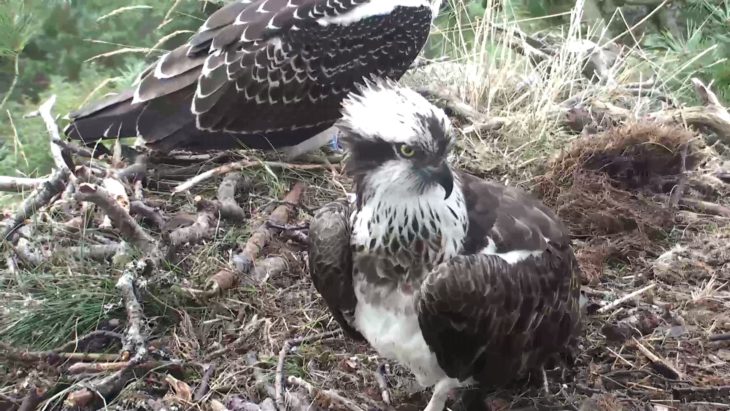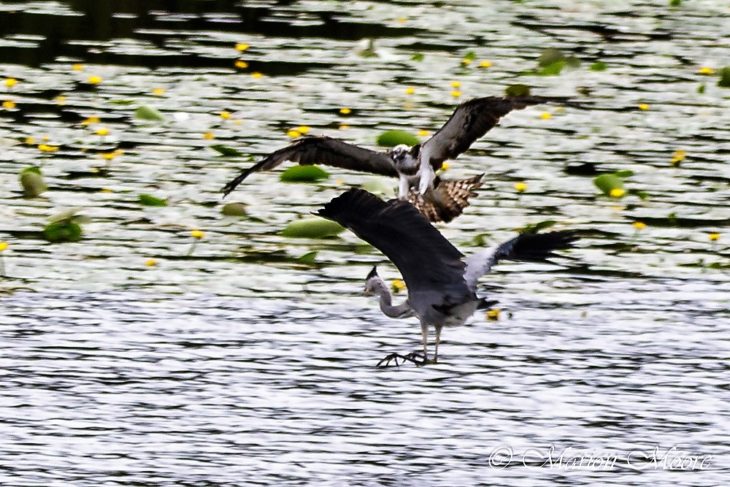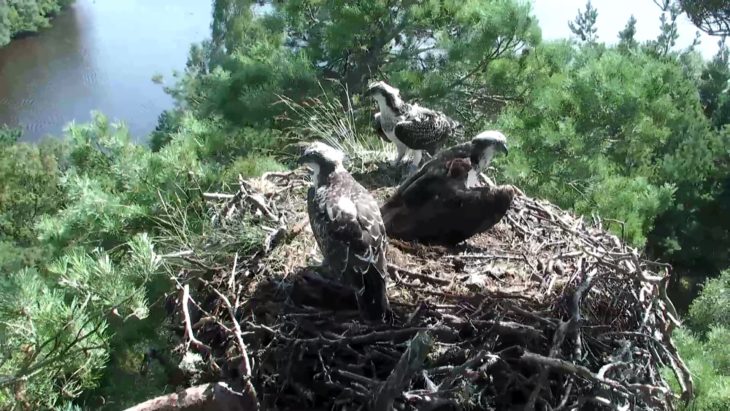Osprey Update: When will LF15 leave?
It’s getting to that time again when the ospreys start to leave us for the year, with the female (LF15) leaving first. Female ospreys will begin their migration 3-4 weeks before the juveniles and male, so don’t panic just yet, you’ve still got time to see ospreys this year!

We anticipate that LF15 will leave within the next week, though it will be difficult to pinpoint the exact time she does leave. At the moment she’s still chasing off herons, protecting the nest, and calling loudly as usual.

We do not know exactly where the current breeding pair go over the winter, as they are not satellite tagged or ringed. However, previously tagged birds from this area have been tracked to go to West Africa, so it is likely that they travel there; possibly to The Gambia or Senegal. Other ospreys are known to winter in southern Spain and Portugal. It is believed that paired ospreys spend the winter apart, although they could spend time in a similar area.

PT0 and LN1 will stay in the area for a while longer, until they reach between 12 and 14 weeks of age. In this time they are strengthening their flight and learning to dive, whilst being supplemented and taught by the male (LM12). He will leave at a similar time, around the end of August, and then it will be down to the juveniles to make the migration alone.
Fingers crossed for another safe migration for LF15!
Thanks for reading,
Olivia Cooper
Visitor Centre Assistant
Help protect Scotland’s wildlife
Our work to save Scotland’s wildlife is made possible thanks to the generosity of our members and supporters.
Join today from just £3 a month to help protect the species you love.
Preface
It’s getting to that time again when the ospreys start to leave us for the year, with the female (LF15) leaving first. Female ospreys will begin their migration 3-4 weeks …
